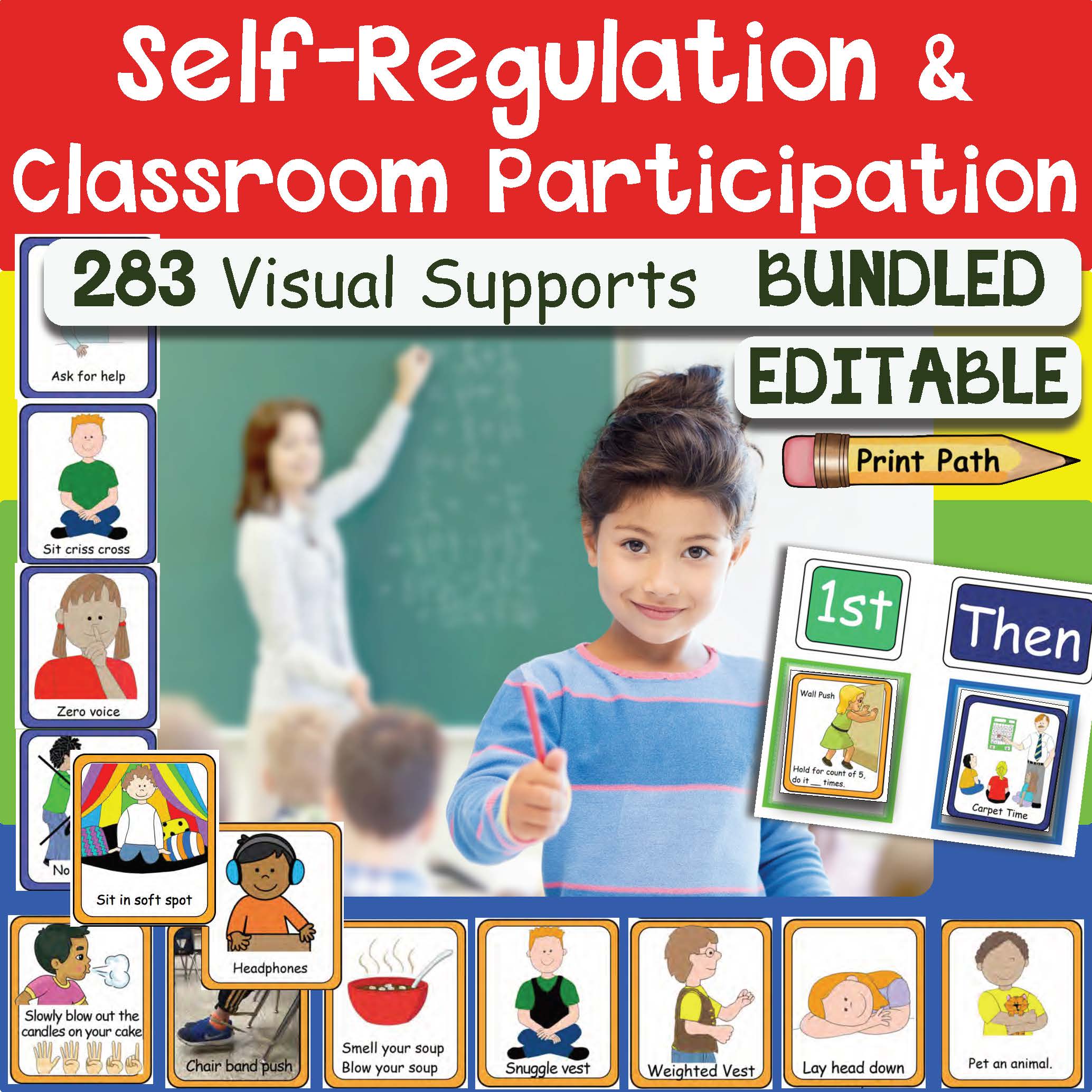Evidence Based Practice: Visual Activity Schedules
Research indicates that using visual activity schedules can be an evidence based practice for individuals with autism spectrum disorder (ASD) particularly when used along with systematic instructional procedures. Visual activity schedules have been utilized to increase, maintain and generalize a range of skills from preschool through adulthood in different settings. Considering most of our goals in pediatric therapy are to improve and generalize skills in a variety of settings using visual activity schedules may help children to reach their goals.
Visual activity schedules can be defined as a series of images, pictures, photographs, or line drawings used to depict a sequence of events. Frequently, the images are used to prepare the individual for the next activity, the next step of an activity or a sequence of activities. They are used to decrease problem behaviors and to improve transitions, on task behavior, social skills and play skills. Many experts agree that part of the reason visual supports are beneficial is because individuals with ASD process visual information better than auditory information.
Visual activity schedules can vary based on the setting, skills being addressed, type of schedule and the mode of presentation (ie binder, tablet, etc.). The review of the research indicates that visual activity schedules can be used as an evidence based practice in order to:
- teach on-task, on-schedule, and appropriate and independent transitions.
- improve latency to task from task direction, percentage of correctly completed responses, task, or task analysis steps.
- decrease level of prompts necessary for transitions.
Many of the studies that were reviewed used visual activity schedules in conjunction with systematic instruction such as: graduated guidance, reinforcement (e.g., high fives, edible rewards, contingent praise, preferred reinforcers) and gestural, verbal, and physical prompts.
Here are some resources to help creating visual activity schedules:
Visual Supports: Schedules, Self-Regulation, & Classroom Inclusion – Designed by a school based occupational therapist, Thia Triggs, this color coded visual support system is suitable for your children with autism, emotional behavioral disturbance, intellectual disabilities, ADHD, communication disabilities, and more. Pictures are cute, engaging, and easy for children to understand. Includes 283 visuals.
Bathroom Social Stories for Boys OR Girls – Learning to use the bathroom at school can be a struggle for children on the spectrum. Social stories and visual task strips are the most effective methods of teaching new self-help skills to many special needs children.
Cut and Paste Sensory Diet – Download of the materials to create 2 sensory diet books, one for home and one for school with over 150 picture word cards.
BrainWorks Online – online tool for creating effective sensory diets for children, teens, and adults. BrainWorks takes pride in being USER-FRIENDLY, from start (selection of what you need) to finish (empowering the child to select appropriate activities). Our web-based product allows you to print out visual sensory diet tools, helpful forms, and activity picture cards.
Need visual images for exercise programs? Check out Yoga Moves – Visual Cue Cards, Yoga Cards and Game Ideas and Classroom Activity Posters.
Want to read more about visual activity schedules? Here are 5 ways to incorporate visual supports during a therapy session.
Reference: Knight, V., Sartini, E., & Spriggs, A. D. (2015). Evaluating visual activity schedules as evidence-based practice for individuals with autism spectrum disorders. Journal of autism and developmental disorders, 45(1), 157-178.








